Explainer / Why Gucci and Rimowa are cashing in with NFTs – after the digital art boom, luxury brands are next to ride the crypto wave

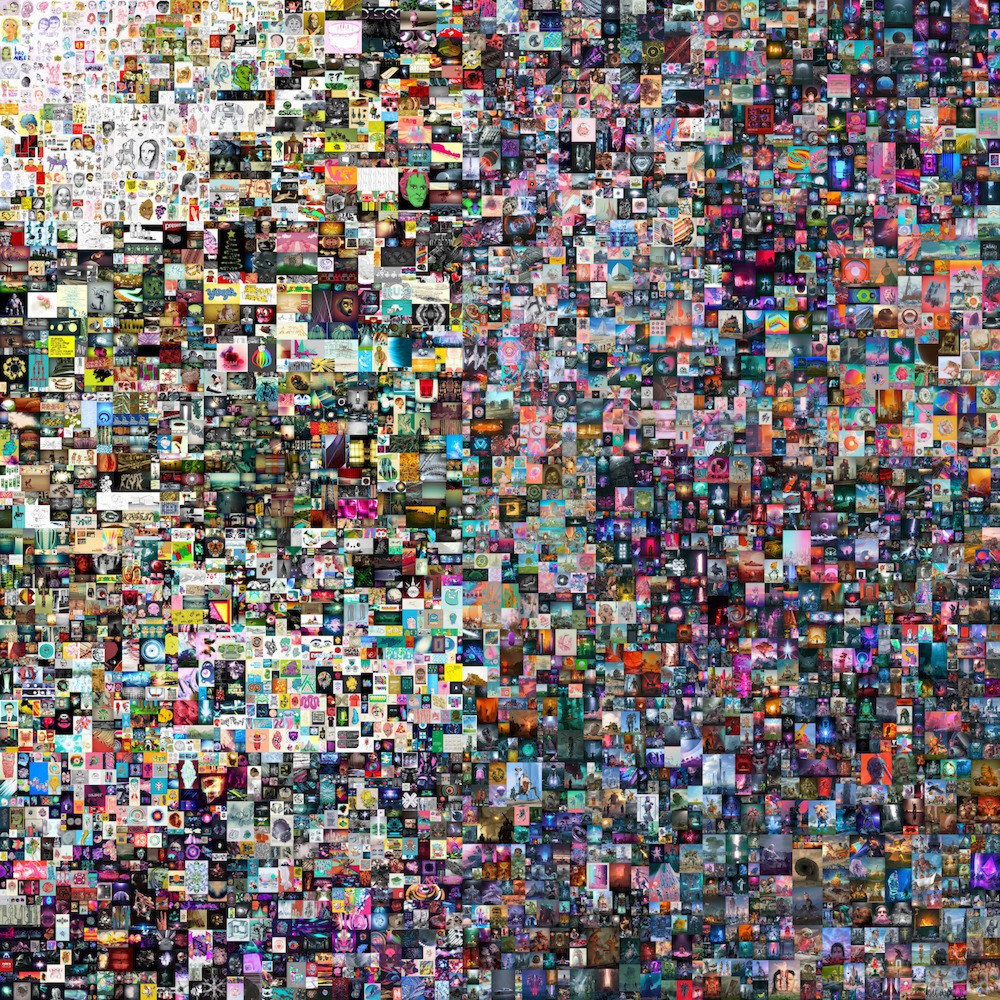
Recently, music superstar Jay-Z filed a lawsuit against his business partner and co-founder of Roc-A-Fella Records, Damon Dash, who partnered with NFT platform SuperFarm to auction the rapper’s first album, “Reasonable Doubt”, as an NFT. The lawsuit alleges SuperFarm was selling “the rights to all future revenue generated by the album from Damon Dash to the auction winner”, although Dash only held a partial stake.
Ownership is the main thing. You are the owner of a scarce piece of digital value that represents ownership of your scarce piece of physical value
But what works for the world of art could also work in another elevated sphere of commerce: the luxury industry. In June, Sotheby’s announced that it will accept cryptocurrency for a 101.38-carat pear-shaped D colour flawless diamond, one of the largest stones shown at auction. The masterpiece is named The Key 10138. “We wanted to celebrate this enlightening virtue, while also alluding to the crucial function of digital keys in the world of NFTs and cryptocurrency,” explains Wenhao Yu, Sotheby’s deputy chairman of jewellery in Asia.
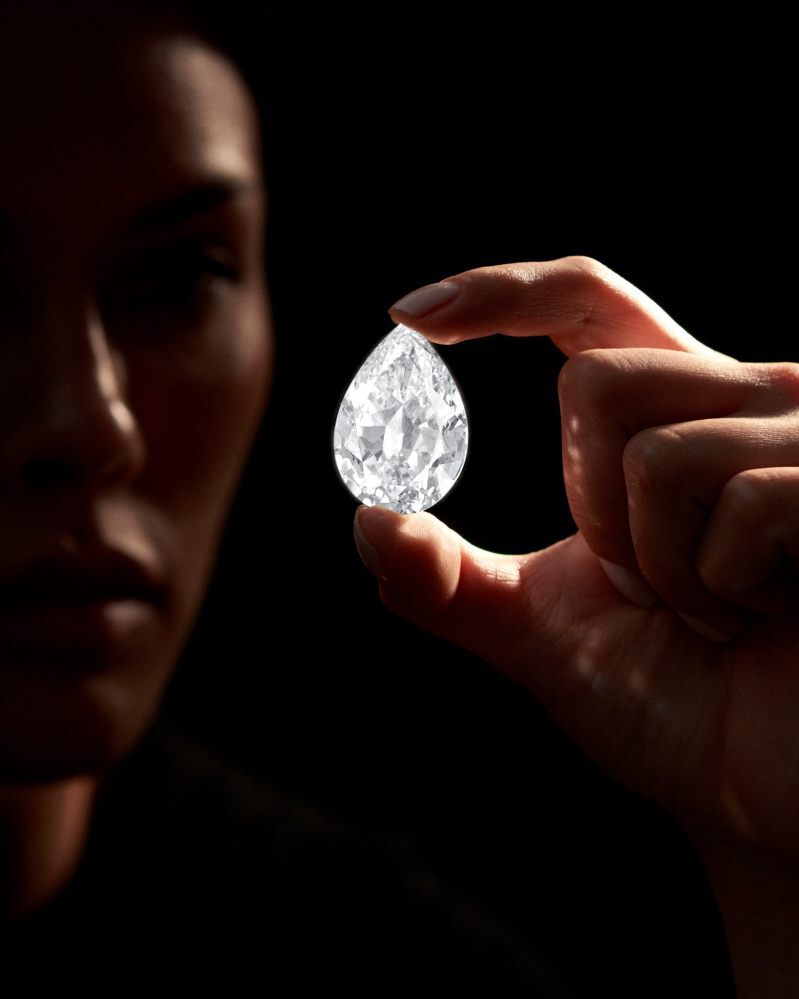
Before we go any further, here’s the science: fungibility is the quality of being readily exchangeable for something identical; a non-fungible token is a piece of code signifying unique ownership of a digital asset, stored on a blockchain – the same technology that powers cryptocurrencies. The use of blockchain makes NFTs an absolute guarantee of exclusivity – and, clearly, luxury is a world where exclusivity of ownership is highly valued.
Ever-evolving: what’s next for NFT art?
Pierre-Nicolas Hurstel, co-founder and CEO of Arianee, a consortium that creates so-called digital passports for luxury items, explains: “What blockchain brings to the table are the notions of digital scarcity, proof of ownership and decentralised ownership. What can be done with that? You quickly get to retail.
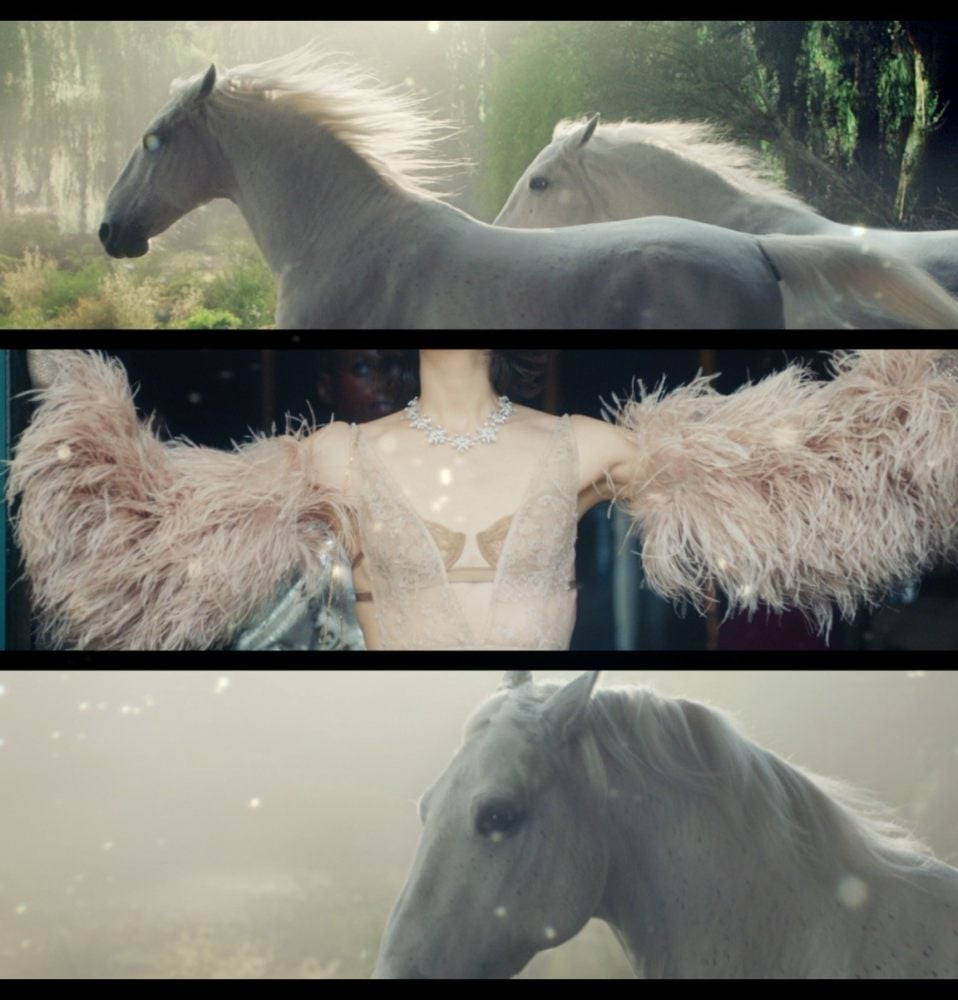
“Ownership is the main thing. You are the owner of a scarce piece of digital value that represents ownership of your scarce piece of physical value.”
That means a range of potential uses: in addition to making both digital versions of existing products and new, digital-only products – where none of the limits of designing an item in the physical world apply – brands can also potentially use them to guarantee authenticity, or even to track sales to pay royalties. Items could be worn by any sort of digital avatar, for example in games or on social media.
A virtual version of a real item could also mean, for example, that sneakerheads can publish digital pictures of themselves wearing shoes without taking them out of the box.

As our emotional attachment to ownership has grown to include not just physical but also digital products, I can definitely see luxury products existing both physically and digitally
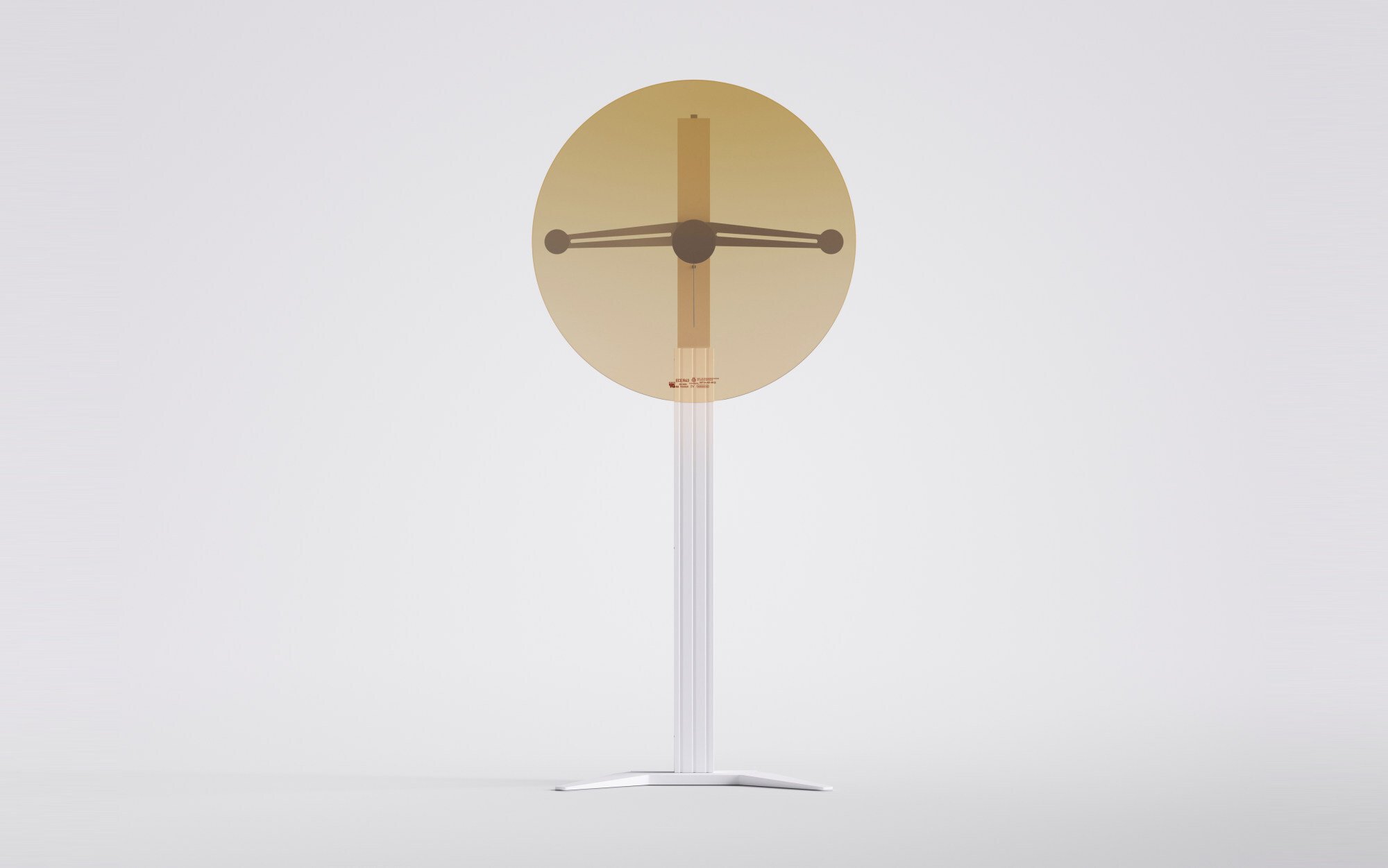
Companies are also working on the technological nuts and bolts that allow all this to happen. LVMH, Cartier and Prada have joined forces to launch Aura, a blockchain consortium aimed at guaranteeing authenticity. And then there’s Arianee, which has signed up the likes of Breitling, Vacheron Constantin and Audemars Piguet.
Says Hurstel, “We’ve built the first layer of the technology, an open source protocol, and started to bring in brands to participate in its governance. We’ve built the apps and interfaces necessary for brands to make NFTs and transfer them to clients.” The consortium that manages the protocol is a non-profit, and the company that makes the optional software is profit-making.
Which celebrities are getting in on the billion-dollar NFT art trend?
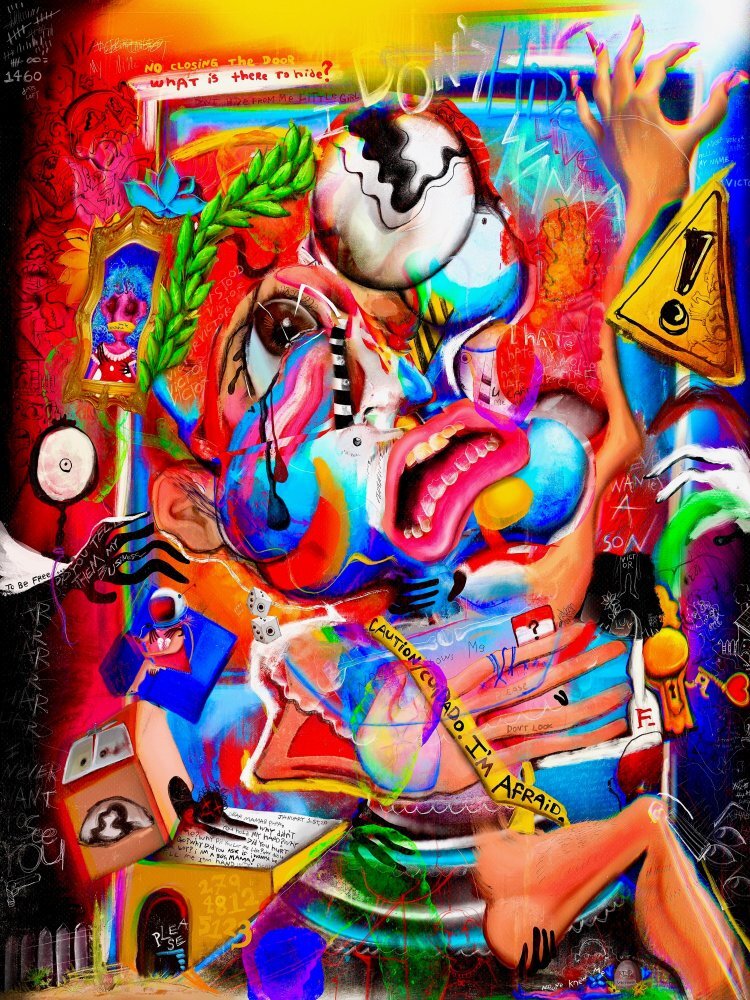
Luxury brands don’t have a great recent record when it comes to responding to digital innovations – many of them have only recently caught up to e-commerce as a result of the pandemic, for example – and their willingness to embrace NFTs could suggest they’re trying to compensate for that. Being forced to close physical outlets likely had the effect of concentrating a few minds, too.
During the pandemic, “We saw more interest than we could ever have imagined a year ago. I feel like the industry’s trying not to repeat its mistakes,” says Hurstel.
In addition to specialist NFT marketplaces, auction houses, with their experience in the art market, are an option for handling sales. Sotheby’s, for example, has worked on NFT sales with the likes of crypto artist Pak and Belgian watch brand Ressence. Max Moore, who is about to become the company’s head of contemporary art sales in Asia, says, “We will be considering how to grow our NFT presence across a variety of luxury categories, as the possibilities are tremendous. One of the most exciting aspects about their potential is the ability to engage with entirely new audiences who would never have interacted with Sotheby’s prior to this.

“In the near future, we can definitely see NFTs being sold together with physical objects, because blockchain technology offers an immutable way in which to substantiate provenance, ensuring that the trade of these assets is transparent and respectful of copyright and intellectual property. We’ve only just begun to explore these kinds of possibilities.”
There are also interesting hybrid experiments, such as Hong Kong’s very own MoScrypto. The brainchild of Mai Tang, who has extensive experience in the textile industry, MoScrypto is a high-end homewares collection that combines physical items along with NFTs. The idea, she says, was to allow people to interact with the product virtually, but without directly replicating the physical item online. An initial collection, including cushions and throws adorned with artwork based on Tang’s own dog, for example, transforms the pooch into various animations and games when explored in the digital world.
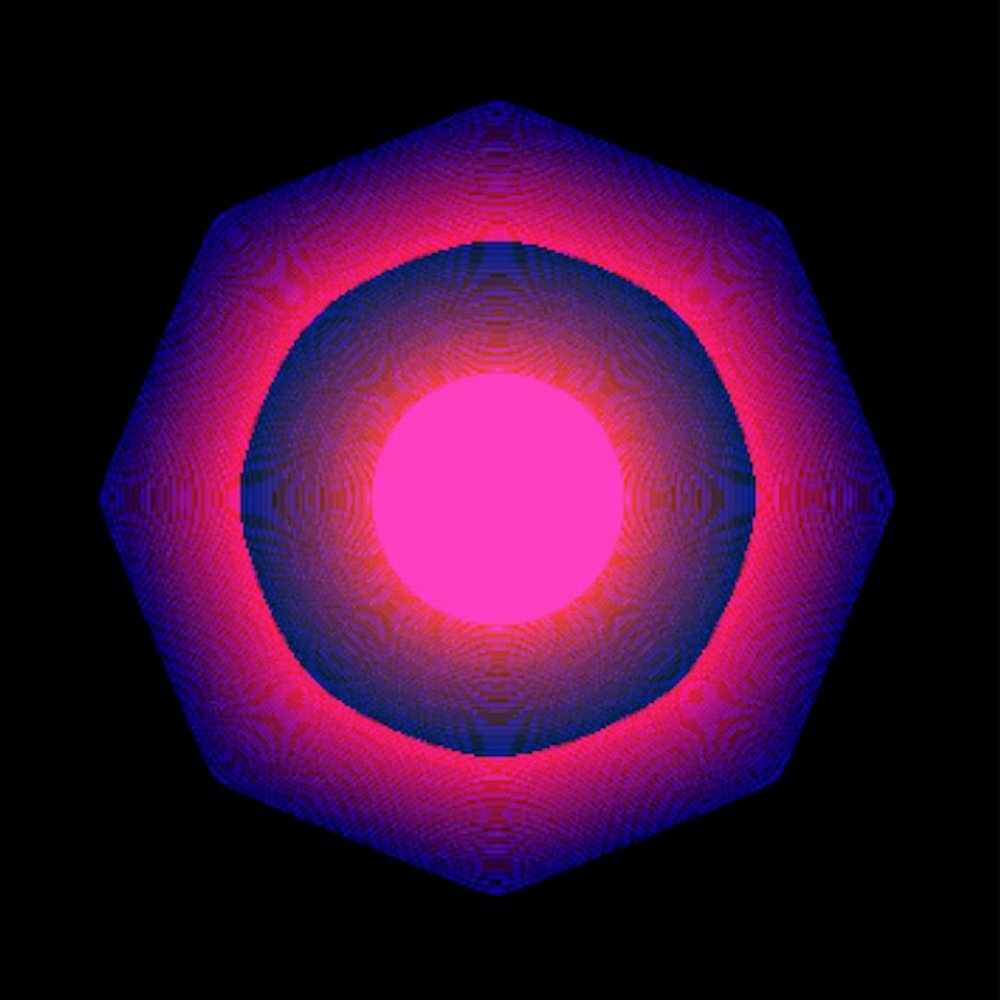
“MoScrypto doesn’t want to just copy and paste the NFT on the products,” says Tang. “We love the idea of being inspired by the artworks, but since NFTs are not accessible for everyone, we created AR (augmented reality) that contains elements such as sound, visual or animation that can help customers interact with the NFT.”
From CryptoKitties to blockchain racing games: what can’t you sell as an NFT?
She adds: “Knock-offs and copyright issues have always been a problem for the luxury industry, so I think in the future, the smart contracts and blockchain behind NFTs can also be applied to products as well.
“And as our emotional attachment to ownership has grown to include not just physical but also digital products, I can definitely see luxury products existing both physically and digitally.”
And that final point, about the emotional attachment to digital items, is an important one – because if paying real world money for what is effectively the rights to a line of code still strikes you as ludicrous, it might be just the reminder for us to keep an open mind.
Want more stories like this? Sign up here. Follow STYLE on Facebook, Instagram, YouTube and Twitter.

- Digital artist Beeple changed the game by selling an NFT artwork for US$69 million – then Sotheby’s accepted cryptocurrency for a 101-carat diamond at auction
- Now you can buy US$12 virtual Gucci trainers while even Rimowa released an NFT artwork – how will the world be reshaped by non-fungible tokens next?